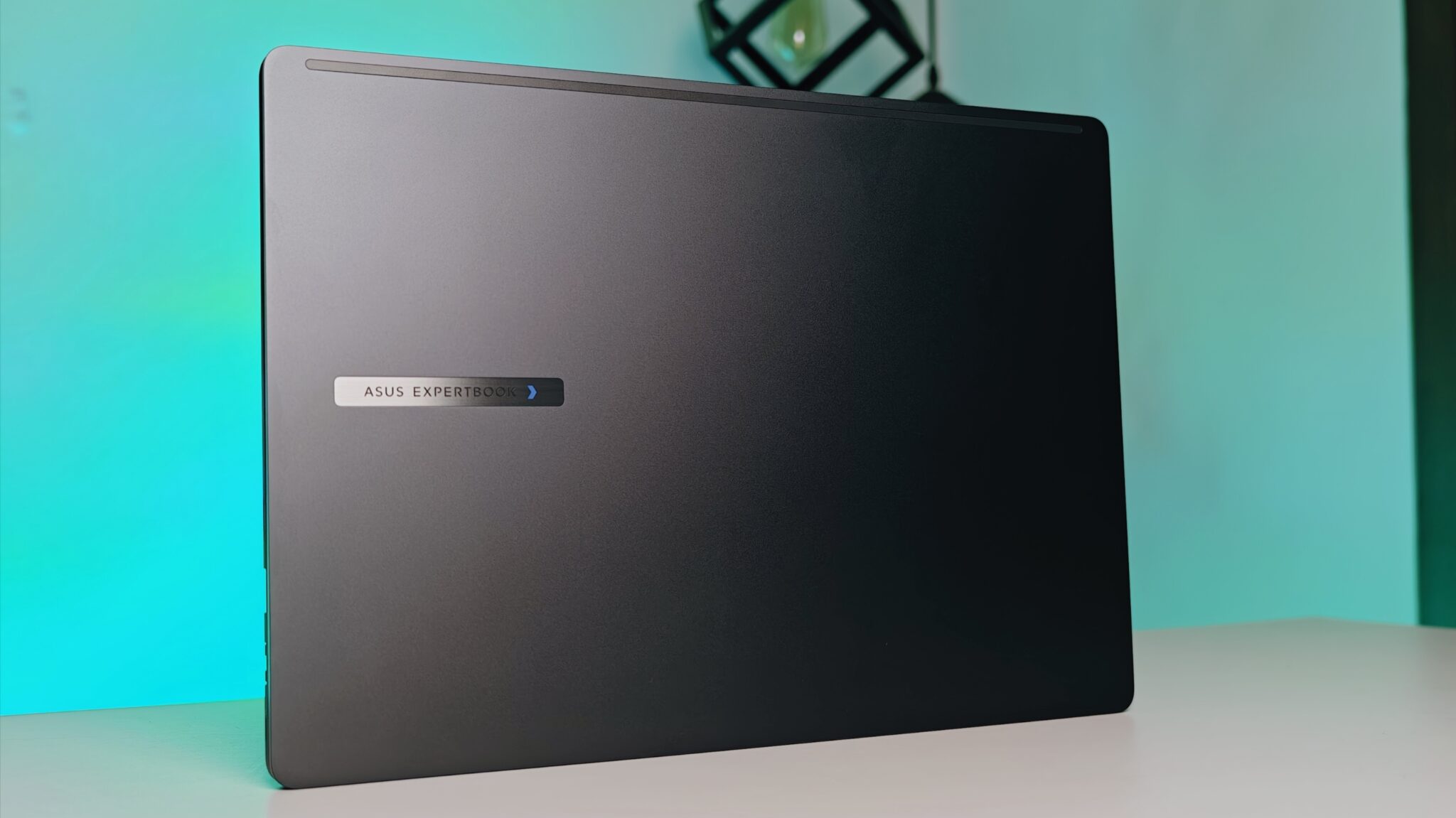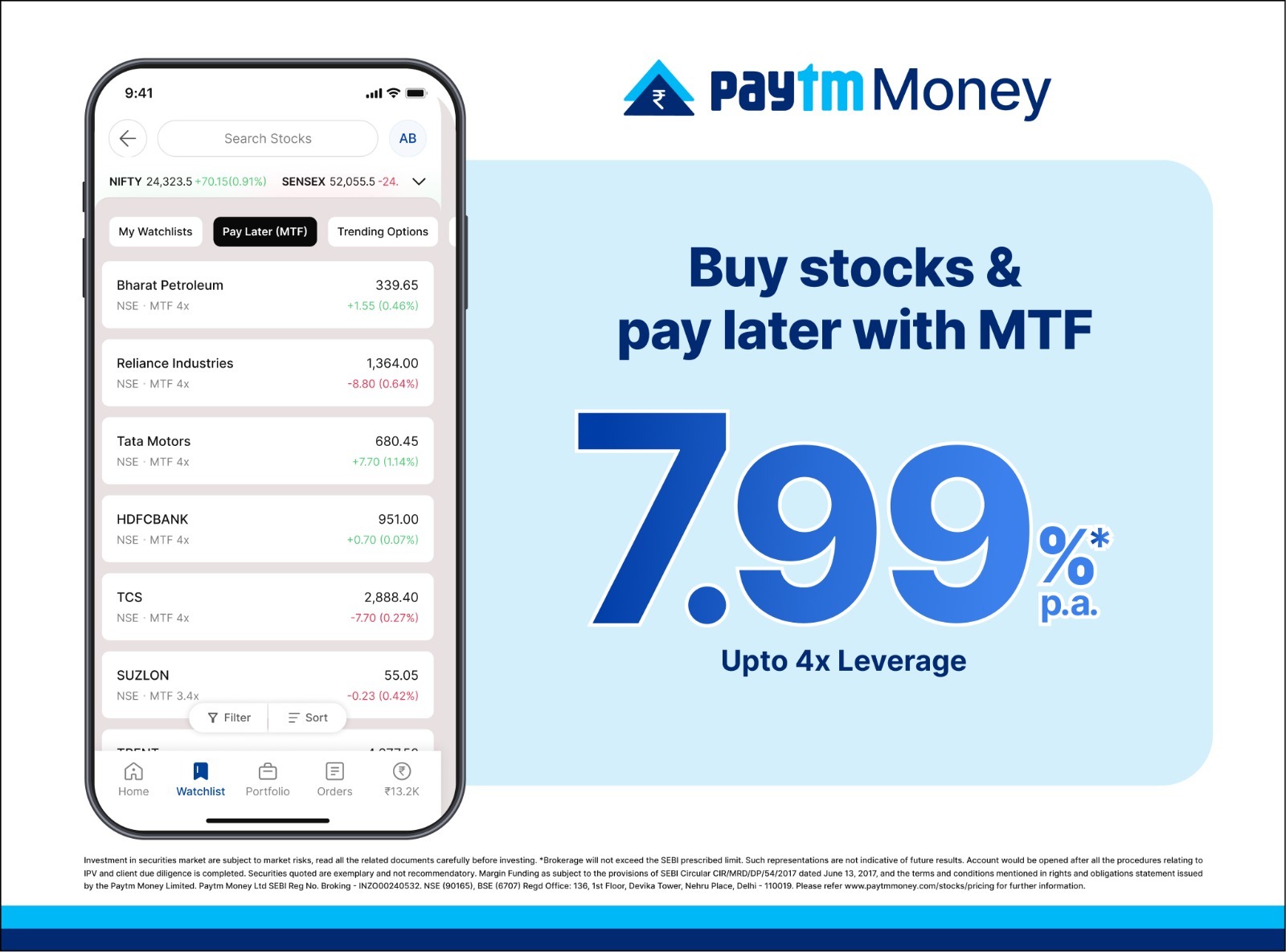Imagine you need a new pair of running shoes. Right now, you probably open several tabs, visit different retailer sites, search, filter, compare prices, read reviews, and maybe even watch a video. It’s a process. But what if finding and buying those shoes felt more like chatting with a knowledgeable friend? A friend who instantly knows about countless options, understands your specific needs (flat feet, trail running, size 10.5), compares details across stores, and even helps you complete the purchase?
That future isn’t a distant dream. It’s already starting to take shape within tools like ChatGPT. The way we shop online is quietly shifting, moving from Browse complex websites to having a conversation with an AI assistant that can guide you, recommend products, and potentially, handle the entire buying process without you ever leaving the chat window.
This isn’t just about asking an AI for gift ideas anymore. We’re seeing early, powerful connections between large language models and the vast world of e-commerce. Companies are building ways for ChatGPT and similar AIs to access product catalogs, check prices, and even initiate transactions.
Think about the steps involved in buying something online. You discover a need, you search for solutions, you evaluate options based on criteria (price, features, reviews), you make a choice, you add to cart, you enter shipping and payment details, and you confirm. Today, each of these steps often requires navigating different pages, filling out forms, and clicking through multiple screens.
Instead of giving you a list of links to search results, the AI interacts directly with online stores or shopping databases through specialized integrations. It finds backpacks that match your criteria, perhaps asking clarifying questions like “Do you prefer a roll-top or zipper closure?” or “Any color preferences?” It presents options with descriptions, prices, and maybe even snippets of reviews, all within the chat thread.
You can ask follow-up questions: “How does the Patagonia Black Hole 25L compare to the Osprey Talon 22 in terms of durability?” The AI pulls up the specifications and common feedback, giving you a concise comparison right there. You make a decision: “Okay, I’ll take the Patagonia one in black.”
This is where the potential for the entire purchase in chat comes in. With the right setup, the AI doesn’t just tell you where to buy it; it can facilitate the rest of the steps. Imagine it confirming your shipping address (perhaps pulling it from a saved profile linked to your AI account), asking for payment confirmation through a secure method (like a digital wallet integration or a tokenized payment system), and then providing an order confirmation number, all within the same chat interface.
This changes the user experience from active Browse and clicking to a more passive, conversational request and confirmation flow. It feels less like shopping and more like delegating a task to a very capable assistant.
Several major players are already exploring and building this future. Klarna, the financial technology company known for its shopping services, integrated features into ChatGPT that help users find and compare products from thousands of online stores. While this initial integration often links out for the final purchase, the product discovery and recommendation phase happens entirely within the chat, guiding users closer to a buying decision before handing them off.
Shopify, a massive platform powering millions of online stores, also has connections that allow users to discover products from its merchants through AI interfaces. These kinds of partnerships are crucial. They give the AI access to the real-time inventory and details needed to make relevant and purchasable suggestions.
The promise is undeniable convenience. For specific purchases where you know what you want or can describe it clearly, chatting feels faster than navigating multiple websites. It could be particularly useful for complex items where comparing specifications is key, or for discovering niche products you might not have found through traditional search. Imagine asking for specific camera lenses compatible with your camera body or rare components for a hobby – the AI could potentially filter and find options much faster.
However, this shift isn’t without its challenges and potential downsides. Handing over your shopping process to an AI raises questions about trust. Can you be sure the AI is showing you the best options, or is it subtly biased towards certain retailers or products? Who is responsible if something goes wrong with the order placed through the AI? Handling returns, customer service issues, or disputes when the initial transaction facilitator was a chatbot adds layers of complexity.
There are significant security and privacy considerations as well. If purchase information, including potentially payment details or shipping addresses, is handled within the chat environment, robust security measures are absolutely critical to protect sensitive user data. Users will need assurance that their financial and personal information is safe.
The AI’s recommendations are only as good as the data it accesses. If the integrations are incomplete or biased, the user might not see the full range of available products or the best possible prices. The joy of serendipitous discovery – stumbling upon something unexpected while Browse – might also be lost in a purely transactional chat interface.
Despite these challenges, the momentum is building. The trend is towards making online interactions feel more natural, more human-like, and removing friction points. Conversational AI is proving to be a powerful interface for many tasks, and shopping is a natural fit for its ability to understand intent and access information.
The “entirely in ChatGPT” purchase is likely to roll out gradually, starting with simpler transactions or with specific retail partners. We might see integrations that handle product selection and cart creation, then securely hand off to a familiar payment gateway within the chat window. Over time, as trust grows and technology improves, more of the process, potentially including payment confirmation, could be completed without ever opening a traditional browser window to a retailer’s website.
This future of AI-driven shopping isn’t about replacing online stores entirely, at least not overnight. It’s about offering a fundamentally different way to find and acquire goods, one that prioritizes conversation and convenience. It adds a new dimension to how we interact with the digital marketplace. Get ready for your next shopping trip to feel a lot more like sending a text message.



















